Black holes, renowned for their immense gravitational pull and fascinating properties, continue to intrigue scientists and space enthusiasts alike. Each year, breakthroughs expand our understanding of these cosmic giants, revealing the significant roles they play in the universe’s evolution. This year has been particularly remarkable, with groundbreaking discoveries shedding light on black holes’ influence on galaxy formation and their mysterious behavior. From the identification of a potential “missing link” black hole to the discovery of plasma jets extending across millions of light-years, 2025 has been a year full of cosmic revelations.
The Search for the “Missing Link” Black Hole
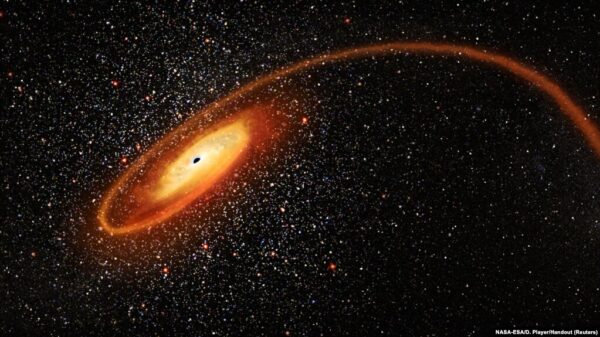
One of the most thrilling discoveries in the field of black hole research this year is the potential identification of a black hole candidate in the IRS 13 star cluster. Located near Sagittarius A*, the supermassive black hole at the center of our Milky Way galaxy, this candidate could hold the key to understanding the evolution of black holes. Scientists speculate that confirming the presence of this black hole would provide invaluable insights into how smaller black holes grow and evolve into supermassive black holes. This “missing link” could revolutionize our knowledge of black hole formation and their role in shaping the galaxies around them.
Massive Plasma Jets Unveiled Across the Cosmos
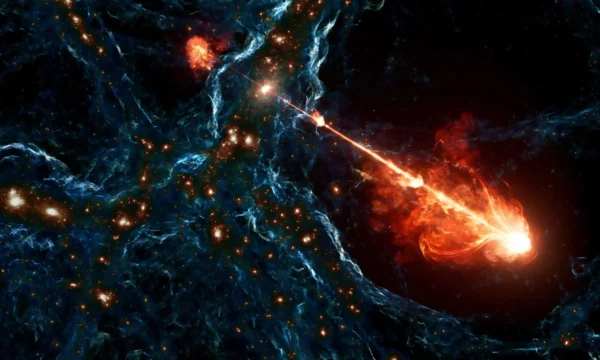
Another captivating discovery in the study of black holes comes from the detection of extraordinary plasma jets. The black hole known as Porphyrion was found to be ejecting these massive jets of plasma, which extend a staggering 23 million light-years into space. To put this into perspective, the length of these jets is roughly equivalent to 140 Milky Way galaxies lined up in a row. These plasma jets are some of the largest cosmic structures ever observed, underscoring the immense power of black holes and their ability to influence vast regions of space. The discovery provides a deeper understanding of how black holes can alter their environment on a galactic scale.
Heartbeat Signals Offer a Glimpse into Black Hole Feeding Behavior
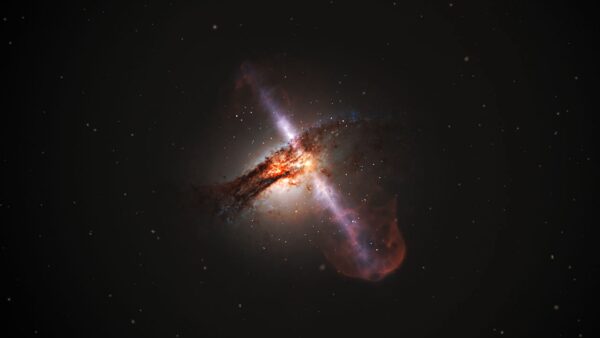
In an effort to decode the enigmatic behavior of black holes, scientists have recently made a breakthrough in understanding periodic light pulses emitted by black holes. These pulses, which resemble a heartbeat, have been detected in X-ray flares from black holes as they consume nearby material. These signals are believed to be caused by shockwaves traveling through the matter being devoured by the black hole, offering valuable insights into the dynamics of the black hole’s feeding process. This discovery not only helps scientists study the physics of black holes but also sheds light on the mechanisms behind their voracious appetite.
The Peculiar Spin of Sagittarius A*
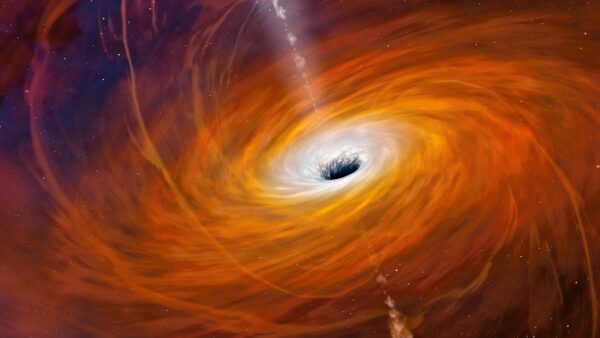
Sagittarius A*, the supermassive black hole located at the center of the Milky Way, has long been a subject of fascination. Recent observations by the Event Horizon Telescope have revealed an unusual spin axis in this cosmic giant, suggesting that the black hole’s peculiar rotation is the result of a massive collision between two smaller black holes. This discovery provides strong evidence that black hole mergers could play a significant role in shaping the characteristics of supermassive black holes, especially those at the heart of galaxies. The research offers an exciting glimpse into the complex interactions that take place within galactic centers.
Dormant Black Hole Awakens
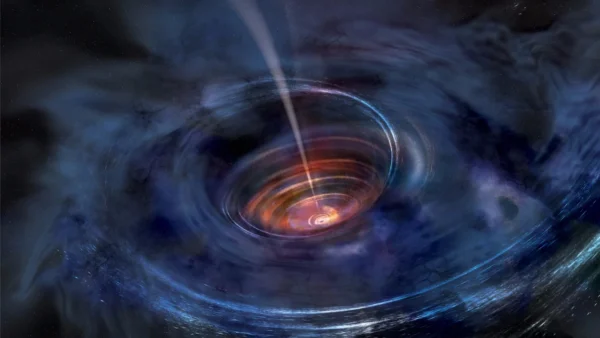
In yet another exciting development, astronomers have observed a previously dormant black hole “awakening.” This phenomenon likely occurs when a black hole begins to pull in new material, triggering a renewed period of activity. While reactivated black holes are relatively rare, their study provides a unique opportunity to observe the transition between states of inactivity and activity. This discovery offers an in-depth look into how black holes behave when they switch from a dormant to an active state, which could help scientists understand their lifecycle more thoroughly.
Conclusion
This year has marked a turning point in black hole research, with numerous discoveries offering groundbreaking insights into the behavior and evolution of these cosmic giants. From the potential identification of a “missing link” black hole to the discovery of massive plasma jets, the findings continue to shape our understanding of black holes’ role in the universe. As scientists continue to explore these mysterious objects, it’s clear that black holes will remain a focal point of astronomical research for years to come.
For more updates on the latest astronomical discoveries, you can visit NASA’s official website or check out the latest news on Live Science.







